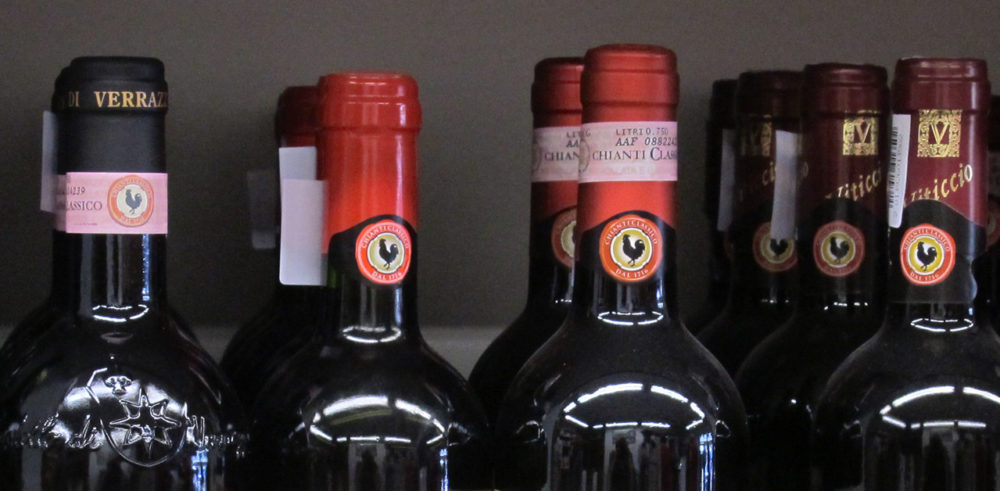Chianti Classics – Sangiovese in Focus
The Variety: Sangiovese is considered synonymous with the Chianti and Brunello regions of Tuscany. Both are among the many famed styles of Italy. Sangiovese is one of Italy’s widest planted varieties. According to Denominazione di Origine Controllata e Garantita (D.O.C.G) regulations a minimum of 75% of Sangiovese is required to make Chianti. These wines are responsible for 11.7% of Italy’s entire production. Sangiovese is often blended with other varietals in the Old world. However in the last decade it has come to prominence in the new world as a single varietal medium bodied red wine. Lets explore regionality and styles.
The Rules: In 1992 the Italian government had to redefine their wine laws to sort out the anomalies and bring more wines in under its wing. Until this time, only 13% of Italian wine harvest was covered by DOC rules (compared with France 55%), Germany (98%). The significance of the vini da tavolas* extends right across Italy, and has meant radical changes in both vineyard and winery.
Denominizaione di Origine Controllata (DOC)
Similar to French appellation laws, regulates geographical origin, vine varieties, yields, pruning methods, alcoholic strengths, ageing requirements.
Denominazione di Origine Controllata e Garantita (DOCG)
Introduced as a higher tier of DOC, a way of recognising the finest Italian wines, supposed to supply some guarantee of quality. Restrictions are tighter, wine must be tasted and analysed by a panel of judges.
Indicazione Geografica Tipica (IGT) i.e. Super Tuscans
Low level of table wine based on French Vin de Pays, the rules are less stringent than for DOC.
*Vino da Tavola (VdT) The most basic quality classification. But also appropriated by some of the best producers allowing them to make wine not bound by wine laws.
The Region: Chianti, situated in Tuscany in central Italy, is home to probably the best known and most iconic of all Italian wines. Although a wine of ancient origin, Chianti has been recognised by its geographical area since the Middle Ages. This emblematic wine is made all over the Tuscan countryside. But the historic heart lies in a region between Florence (in the north) and Siena (south). In 1716, Chianti Classico, the heart of the region became easily recognisable by the gallo nero – its distinctive Black Rooster label.
Style: The key flavour attributes would have to be the lifted aromatics and ruby colour, aromas of cinnamon and other spices, cherries and cherry pips, supple berry fruit and just little nuances of oak. The skin on Sangiovese is thick which can equate to bright colours and ripe tannins. Think of these wines coming between Pinot Noir and Merlot on the flavour meter. This variety brims with style and bursts with flavour.
Want to Learn More
Sangiovese and Chianti have often had a reputation as cheap. However the reverse is true, there are great value styles from both here as well and Italy. They belong in you cellar.
